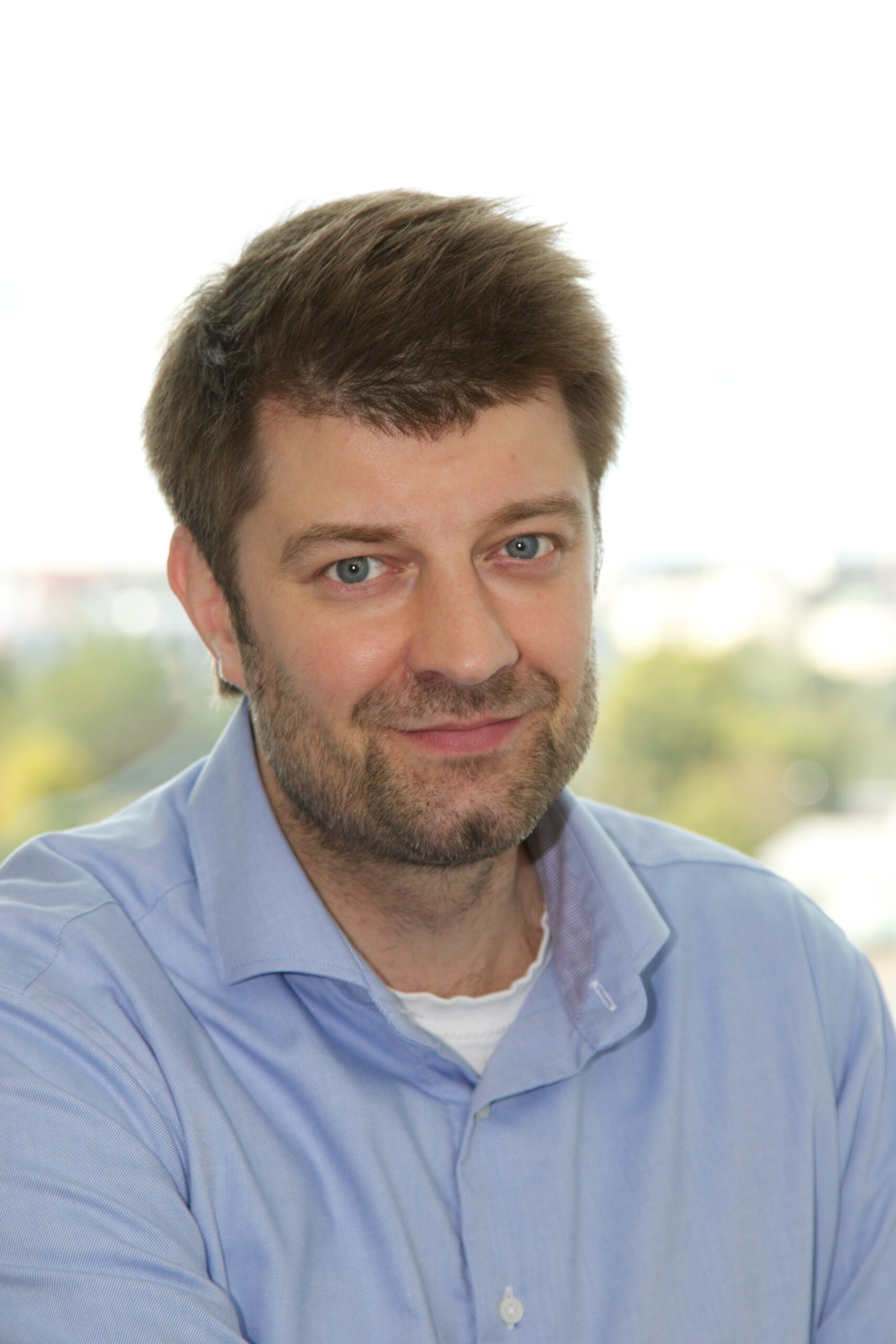Arts and culture institutions as a part of city development and well-being in the city of Jyväskylä
Abstract
The significance of arts and culture in city development has been recognized in the Finnish city of Jyväskylä. A concrete display of this is a project Heart of Jyväskylä that seeks to improve and regenerate cultural facilities in the city center. Several essential cultural facilities of the city are currently lacking or need restoration. Therefore, from the point of view of city strategies, the need to find out the importance of the arts and culture institutions for the city and its citizens has become current. This is a question of the value of artistic and cultural contents for the city center, the attractiveness of the city and – most importantly – for the quality of life of residents and those who visit the city.
The purpose of our research project was to provide background information for the visioning processes of the city center development project Heart of Jyväskylä. Firstly, we asked what economic impacts the local cultural institutions have on the local and regional economy. We focused especially on consumption expenditure of visitors to cultural institutions. Secondly, we asked how the art and cultural institutions support the development of the city and the well-being of local citizens. Finally, we asked what kind of connections and commonalities the cultural institutions and their audiences have with each other.
The key concepts of our research are regional economy, well-being and participation. In the study, participation has been identified as a key factor in creating well-being.
Our research focused mainly on those arts and culture institutions that were included in the Heart of Jyväskylä project. The main subjects of our study were Jyväskylä Sinfonia, Jyväskylä City Theatre, Jyväskylä Art Museum and the Craft Museum of Finland. Alvar Aalto Museum was also included. Museum of Central Finland was not a subject of our study, but we considered its impacts to some extent also. In addition, we discussed the role of Jyväskylä city library as an open (cultural) space.
We conducted a survey that provided data on the use of services provided by the local arts and culture institutions. The survey was aimed at customers and visitors of the institutions, although we aimed to gather answers also from persons that had not visited the institutions within a year. The role of city libraries was essential in reaching these respondents. The survey was available in paper form as well as electronically in the selected institutions and the city library in Spring 2019. The number of respondents of the survey was 834.
The survey data provides information on the consumption of arts and culture institutions’ visitors. It also creates an overview of the visitors’ background and cultural consumption behavior in arts and culture. The data also brings forth development ideas and feedback from the visitors regarding the importance and meaning of the arts and culture in the city of Jyväskylä. Survey data also gives indications of how the respondents experience the effects of cultural services to their well-being.
Concerning the economic impacts, we describe flows of money related to the consumption of the visitors in arts and culture institutions. Additionally, we analyze the regional economic effects with an input-output analysis concerning the consumption of the visitors and to some extent the expenditure of the institutions themselves.
Our main findings are:
- The regional economic impact of the arts and culture institutions is significant. The visitors of the institutions consume approximately 8,4 million euros annually during their visits in the studied institutions. In total, the regional economic effect of the institutions is at least 14,9 million euros and their effect on the employment within the region is approximately 149 person-years. This number does not include the actual staff of the institutions.
- Basing on the experiences of the survey respondents, the institutions have a very positive impact on the city image and the identity of Jyväskylä.
- Arts and culture institutions have an important role in sustaining the attractiveness of the city center. The institutions attract people to visit the city center and make them spend time and money there.
- Respondents of our survey mainly agreed that visiting arts and cultural institutions have a positive impact on personal well-being. Interestingly, both visitors and non-visitors shared this view.
- The institutions should focus on improving participation and inclusiveness in their actions.
- The lack of concert facilities limits the development of activities and services of Jyväskylä Sinfonia.
- In addition to the studied arts and cultural institutions, other arts and cultural institutions also have important roles as part of the cultural activities of the city. For example, the soon re-opening Museum of Central Finland is a significant part of the cultural activity of the city, although it was not fully included in this study. Considering the possible common facilities of the institutions, the role of the city library is important because it attracts a large number of customers.
- Our study showed that there are also heterogenous sub-cultural grassroots and third sector cultural actors in the city. It is important to enable this activity by planning more open cultural spaces and facilities.
Project researchers
-
 Sakarias Sokka Senior Researcher, DSocSc, MA, Docent in Cultural Policy +358 50 387 2728 sakarias.sokka@cupore.fi Profile
Sakarias Sokka Senior Researcher, DSocSc, MA, Docent in Cultural Policy +358 50 387 2728 sakarias.sokka@cupore.fi Profile -

-
